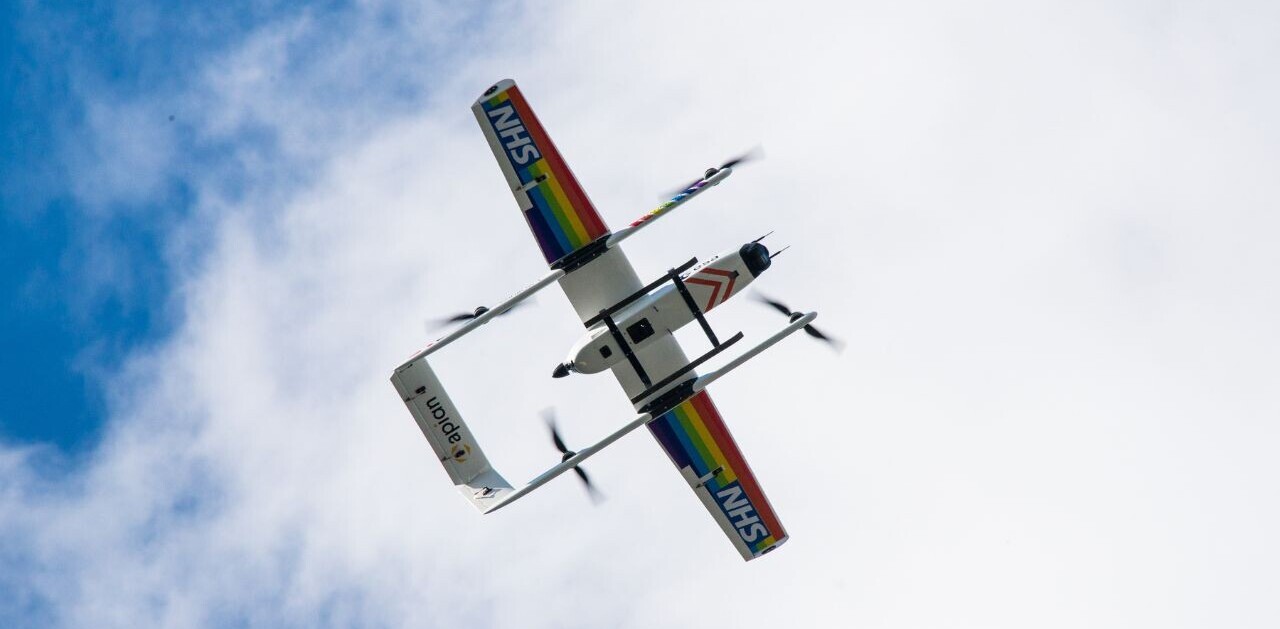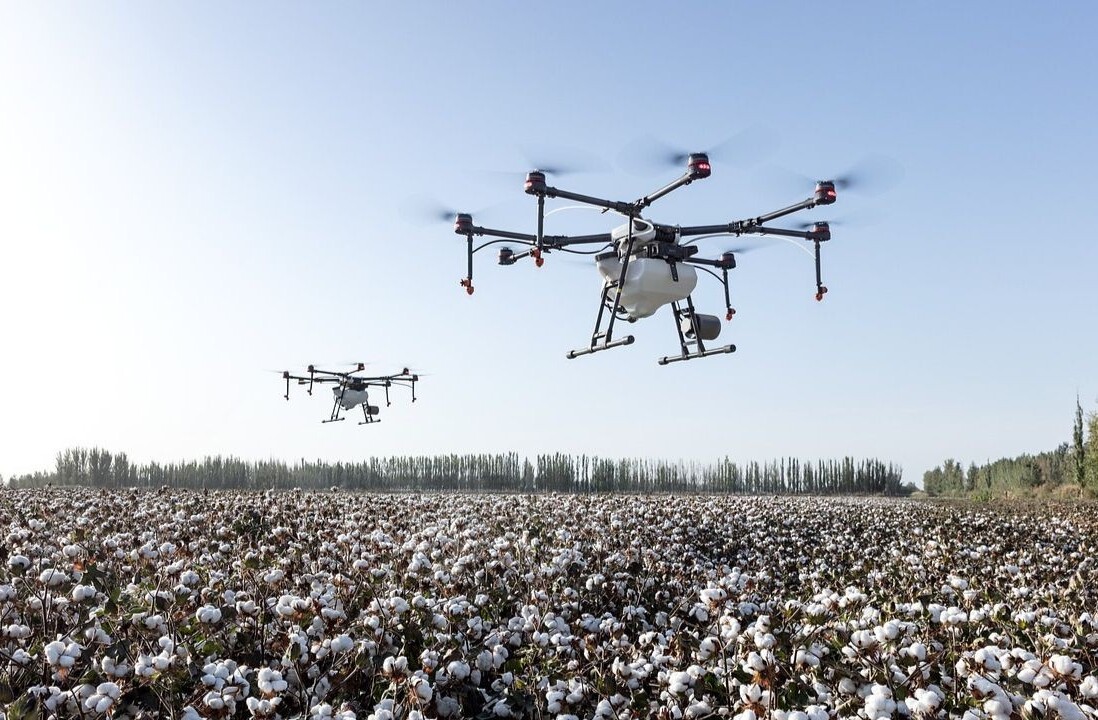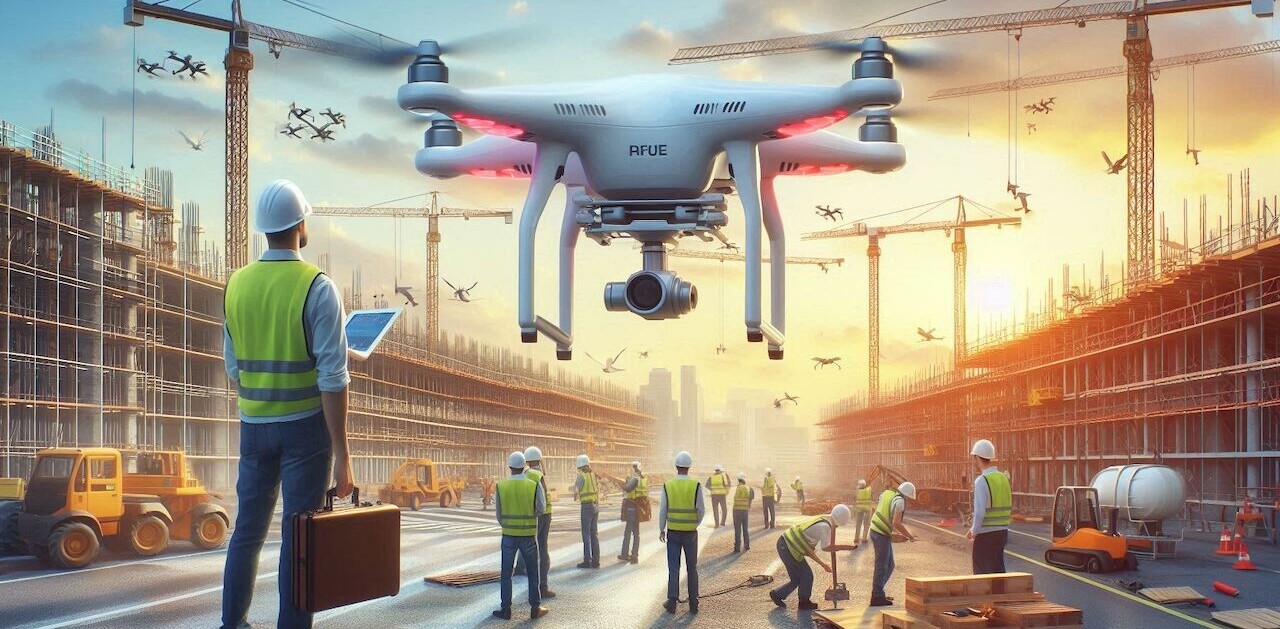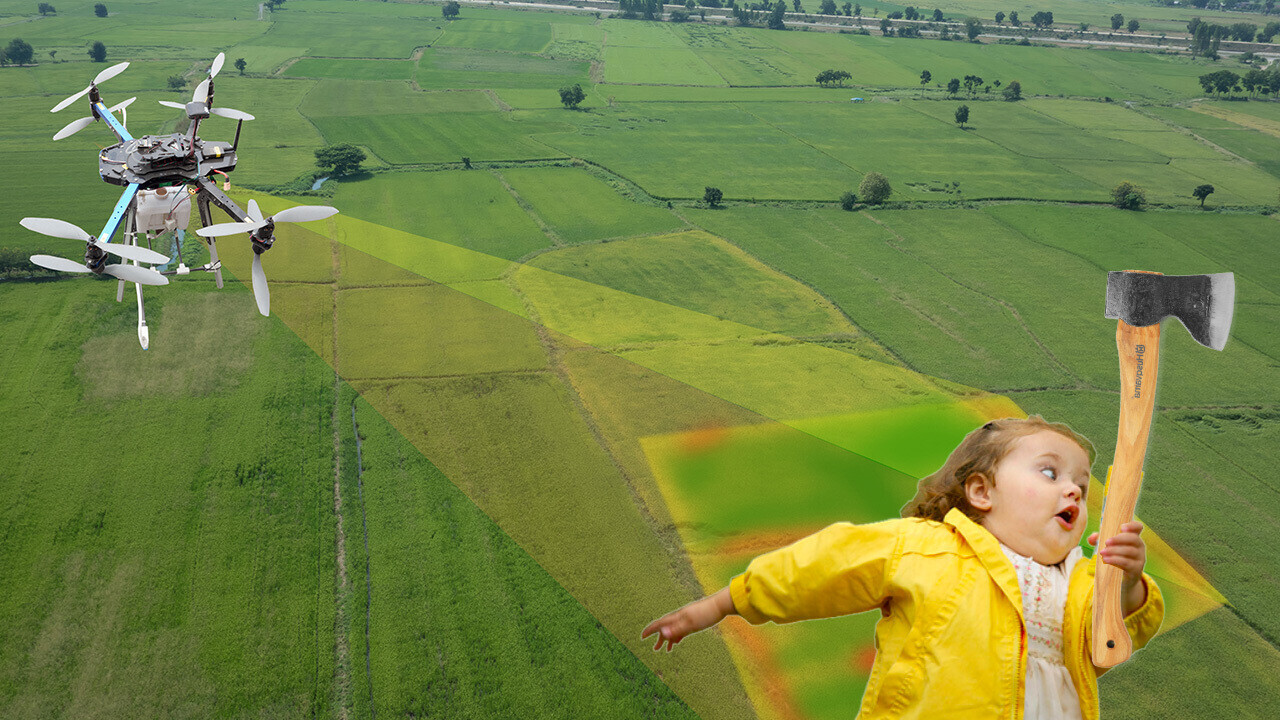
Between remote strikes on people and oil refineries in the Middle East, and multiple Black Mirror episodes, drones get a bad rap. But as their capabilities increase through machine intelligence, mapping, and greater aerial surveillance, they are not only machines of destruction but tools for responding to complex environmental and societal challenges. Let’s take a look:
Fighting deforestation
Australian start-up AirSeed Technologies uses seed-dropping drones to fight deforestation using seed bombing drones and data-driven intelligence. The company partners with governments, NGOs, and corporations for collaborative ecosystem restoration projects. They’re on a mission to sow the seeds for 100 million trees by 2024.
AirSeed has developed a proprietary, innovative and scalable solution for reforestationand re-vegetation that is faster and cheaper than traditional manual planting practices.
Mapping analyzes plant health, identifies site-specific plant species, and creates an optimum planting pattern.
Then, patented native seed pods with the necessary minerals and nutrients for survival drop in the right locations for optimum regrowth. After this, the planted areas are remapped to detect change over time, count tree canopies, and calculate biomass. This helps to accurately monitor and report growth rates and, ultimately, the success of the reforestation/re-vegetation project.
Developing drone swarms capable of providing intelligence in dense forests
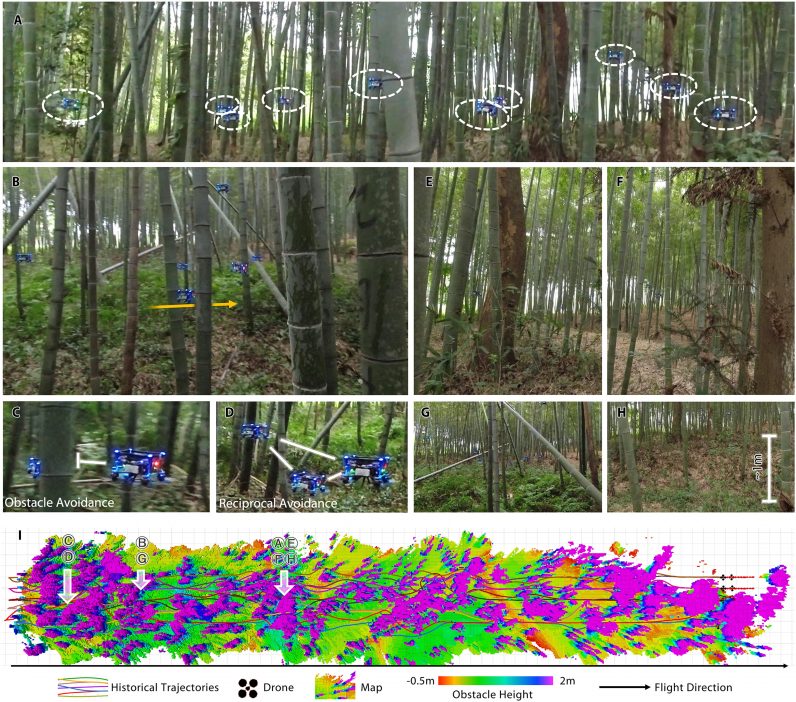
Drones have also been evolving over the last couple of years to fly in swarms, specifically in crowded environments like forests.
Researchers at Zhejiang University in China, shared their experiences in a paper published in Science Robotics. Palm-sized robots were purpose-built, with depth cameras, altitude sensors, and an onboard computer. Advancements in algorithms assist with collision avoidance, flight efficiency, and coordination within the swarm.
The drones can sense the environment and plan their trajectory accordingly. They maintain a preferred moving shape (not unlike birds flying in formation), although each drone navigates independently against obstacles.
The researchers believe that these swarms would be particularly helpful in conservation and disaster relief work in dense areas where it is otherwise difficult to gain clear insights. Pretty cool.
Stopping poaching of big animals

Drones are also helping to prevent the poaching of rhinos and elephants in Africa, where almost all poaching of big animals happens overnight, especially during full moons.
Air Shephard deploys sophisticated three-aircraft operating teams that work with rangers on the ground. The silent drones fly over popular poaching areas with high-resolution cameras capable of infrared scanning and rapid image processing.
They allow rangers to detect and intercept suspects before a poaching incident can occur and help keep the rangers themselves safe against poachers and wild animals.
Fighting dengue fever
Last year, The World Mosquito Program and WeRobotics joined forces, using drones to combat mosquito-borne diseases.
They are releasing unique breed mosquitos carrying Wolbachia bacteria, which reduces the ability of mosquitoes to transmit dengue, chikungunya, or Zika viruses between people. Results show that deploying mosquitoes with Wolbachia reduced dengue cases by as much as 77% and hospitalizations by up to 86%.
While the work is still in its early stages, it’s part of a broader effort to help provide communities with long-term protection from these harmful viruses.
Look, I wouldn’t want any of these drones to fall into the wrong hands. Their advanced analytic capabilities could be highly effective as weapons of war, illegal surveillance, or other criminality. But let’s face it, anyone can easily deploy a drone bought on Amazon to cause affray at a military site or airport. This is where the importance of drone detection and appropriate defense mechanisms comes into play.
But their use to make the world a more sustainable place to live, needs to be commended. They’re not always the villains we think them to be.
Get the TNW newsletter
Get the most important tech news in your inbox each week.
